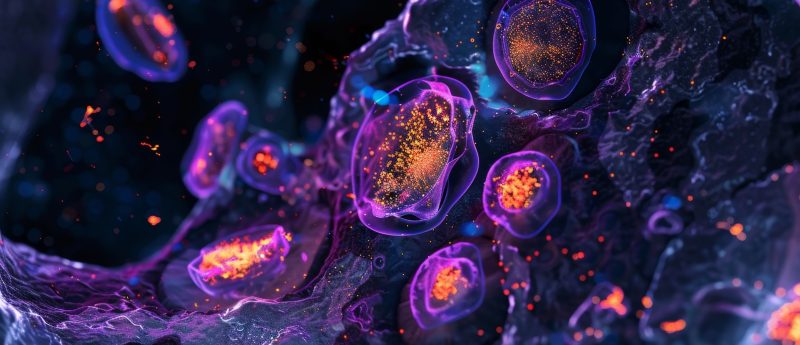MALDI-MS offers new approach to cellular toxicity assays

A team of scientists from the University of North Carolina at Greensboro (UNCG; NS, USA) have explored the use of MALDI-TOF MS to differentiate the in vitro cellular responses resulting from exposure of mammalian cells to toxic chemicals.
The first successful attempt to acquire a unique mass spectral pattern from intact bacteria cells was achieved in 2007, and since then intact cell MS has rapidly progressed, with the resolving power now sufficient to distinguish between different types of bacteria cells. These MALDI-MS identifications work on the basis that many microorganisms have their own unique mass spectral pattern, owing to the specific proteins and peptides that are present in the cells.
Now, in research published in Environmental Toxicology, the UNCG researches have applied this concept to allow cellular responses to toxic chemicals to be differentiated using MALDI-TOF MS. The team first studied the human liver carcinoma HepG2 cell line to establish a proof of concept, exposing the cell culture to either hydrogen peroxide or aflatoxin. Control cultures not exposed to toxic chemicals were also set up. MALDI-TOF MS measurements were then carried out, and the spectral data gathered.
The team then stacked the mass spectra of the HepG2 cells on top of each other to allow identification of differences between the data corresponding to untreated and treated cells. A qualitative assessment based on visual comparison was performed, showing some peaks that were identified in the chemically treated cells were not detected for the control cells, and some peaks present in the control spectrum were missing, or of lower intensity, in the treated cell data.
To confirm that the spectral patterns obtained correspond to cellular responses resulting from toxic exposure, the UNCG team performed a conventional in vitro lactate dehydrogenase toxicity assay, showing that viability of the HepG2 cells decreased after exposure to hydrogen peroxide or aflatoxin. A second cell line, human monocyte THP-1, was then employed to further evaluate the application of MALDI spectral patterns in identifying in vitro cellular responses. Exposed to the same toxic chemicals, the THP-1 cells also displayed unique spectral patterns depending on their exposure.
Conventional in vitro toxicity assays typically require a specific detection reagent and incubation step. However, the new MALDI protocol has no such requirements, and uses approximately 10 times fewer cells than conventional assays. The UNCG team hopes that the concept may be potentially useful for high-throughput screening of chemical libraries.
Source: Chiu NH, Jia Z, Diaz R, Wright P. Rapid differentiation of in vitro cellular responses to toxic chemicals by using matrix-assisted laser desorption/ionization time-of-flight mass spectrometry. Environ. Toxicol. 34(1), 161–166 (2015).





